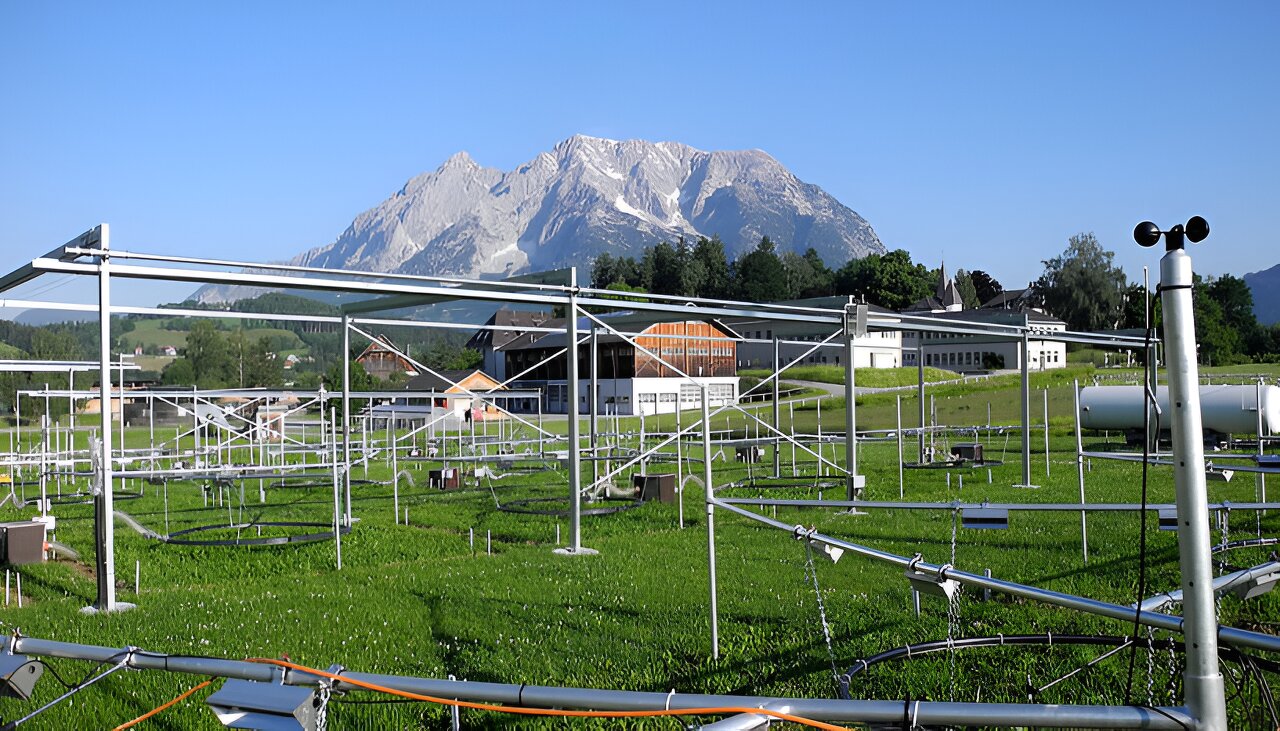While many bacteria become dormant during dry spells, there are specific groups that not only survive but thrive. A groundbreaking study conducted by the Center for Microbiology and Environmental Systems Science (CeMESS) at the University of Vienna, published in Nature Communications, sheds light on bacterial activity during drought periods. This research has significant implications for agriculture and our understanding of the impacts of climate change.
The images of the parched Po Valley in 2022 and the devastating forest fires in Greece this year serve as a stark reminder of the harsh reality of extreme droughts. These events are not just news headlines; they pose immediate threats. The consequences for humans and plant life are evident: failed crops, withered meadows, and water rationing. However, the impact of drought on soil microorganisms remains hidden from the naked eye.
Soil microorganisms play a crucial role in ecosystems. They contribute to soil fertility, aid in nutrient absorption for plants, and influence whether soils store or release CO2, thus affecting climate change trajectories. Until now, it has been challenging to measure the activity of microorganisms in dry soils and identify which species remain active. Thanks to a novel method developed by scientists at the University of Vienna, we can now observe bacterial activity during drought periods.
In the study, soil samples from the “ClimGrass” climate change experiment in Styria were incubated with isotopically-marked water vapor. The growing bacteria incorporated the oxygen from the water vapor into their DNA, allowing us to measure their growth without adding liquid water to the soil. “Most bacteria became inactive as dryness increased. However, this wasn’t the case for all microbial groups,” explains Dennis Metze, Ph.D. student and lead author of the study. Additionally, bacterial growth during drought was influenced by whether the soils had been exposed to current or future climatic conditions, such as higher temperatures and CO2 concentrations. This suggests that microbial communities could become more drought-tolerant in the future.
In the heart of Styria, the “ClimGrass” experiment paints a vivid picture of what the future may hold. With 54 experimental plots, this simulation represents the world of tomorrow. Infrared heaters elevate temperatures to levels expected in future climate scenarios, while miniFACE systems adjust atmospheric CO2 concentrations. Automated rainout shelters mimic severe summer drought events, providing a tangible representation of the challenges our ecosystems might face. “Simulating future climate conditions actually resulted in more bacteria remaining active despite drought,” explains Andreas Richter, professor of ecosystem research and head of CeMESS. “Under these simulated conditions, more drought-tolerant species were able to establish.” A bacterium from the Streptomyces genus, known for its drought resistance, became more prevalent in dry soils, accounting for a significant portion of total bacterial activity. The filamentous growth of this bacterium allows it to bridge disconnected pore spaces in drought-stricken soils, enabling it to access water and nutrients from distant sources. Previous studies have suggested that such bacteria may assist plants in coping with drought.
The findings of this study provide invaluable insights into the resilience and adaptability of soil microorganisms in the face of increasing droughts caused by climate change. As these tiny organisms play a monumental role in maintaining soil fertility, aiding plant growth, and regulating carbon sequestration, understanding their behavior is crucial for both our ecosystems and agricultural sectors. As the world grapples with the challenges of climate change, food security, and ecosystem balance, research like this paves the way for informed strategies to safeguard our planet’s health and the well-being of its inhabitants.








